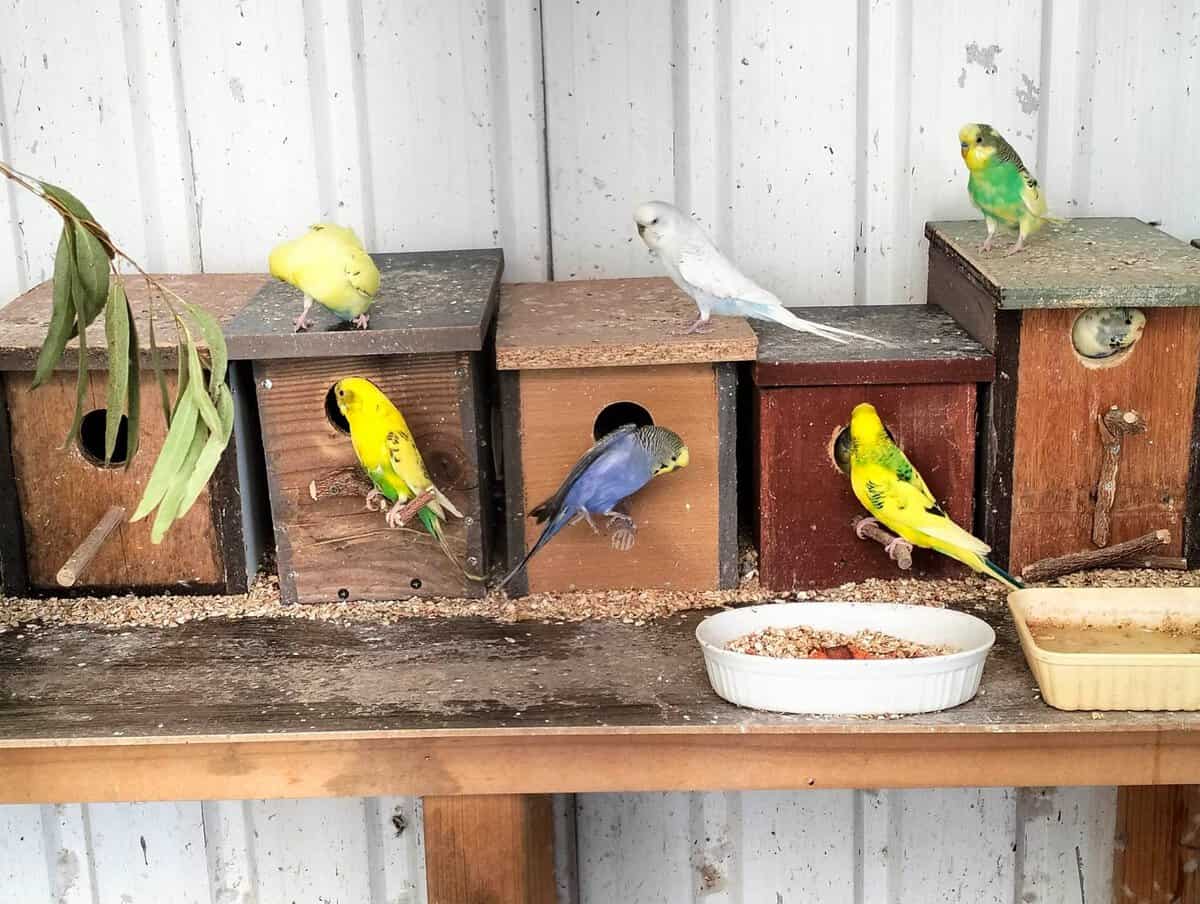Welcome to the Budgerigar Council of South Australia’s guide to pet budgies often referred to as budgerigars, or parakeets. Pet owners from all over the globe are fascinated by these tiny, playful birds. Budgies are beloved companions, ranking just behind the dogs and cats. They are intelligent and lovable.

It’s important to understand the temperament of your pet and their needs prior to you allow them to join your home. This guide will give you the information you need to live a happily and in good health, both for you and your beloved pet.
A Social Butterfly in tiny form
Budgies are social animals that are at home in friendship. In the wild, they live in large groups that are constantly chirping, engaging and interacting with each other. A single budgie may bond with its owner, particularly in the case of receiving lots of attention. However they must have one or more companions. If you are unable to manage two birds, you can you should spend time with only one bird to avoid lonely.
Chatterboxes with a Flair to Imitate
One of the most lovable traits of a pet Budgie is their ability to mimic sounds. If they are trained and patient Budgies will develop the ability to imitate sounds and talk in phrases. They’ll also add a fresh dimension of fun to their whistles and chirps. The development of their vocabulary can vary dramatically, with certain buds becoming real chatterboxes whereas others stick to basic whistles. No matter how well they talk the playful voice of theirs is sure to bring a smile to your face.
A Rainbow on Wings
Budgies come in an array of stunning shades, ranging from the traditional yellow and light blue to vibrant shades of violet, green and white. Breeders have come up with a myriad of mutations and you’ll be certain to discover one that fits your preferences. Color variations can signify the age of a bird and its sex and are therefore a great conversation starter.
How do you live big even in a small area
Even though budgies might be tiny, they require plenty of room to roam, fly, and climb. The ideal cage size is 20 inches long by 12 inches in depth and 18 inches tall. The larger the cage, the more spacious. To keep your pet entertained, provide perches with varying sizes or textures. Alternate their toys frequently to prevent boredom. The cage shouldn’t be placed in direct sun.
A Budgie approved diet
A healthy budgie bird diet consists primarily of a high-quality pelleted food formulated for small parrots. They’ll receive the nutritional supplements they require to grow. Fresh fruits and vegetables such as chopped carrots (seeds removed) as well as leafy greens and apples are a great addition to the pellet diet. Cuttlebones are crucial for maintaining their beaks and providing them with minerals. You should ensure that they have clean, fresh water.
The formation of a bond between you and your feathered friend
To manage your pet, you need patience and a soft touch. Begin by gently stepping up to the cage and talking to your bird. Offer treats like millet spray through the cage bars to create trust. Once your pet feels comfortable with you, you may step into the cage and sit him on your finger. Be patient, but don’t be overly aggressive. The process could take weeks or even days.
Commitment for Life
If they are properly cared for they can last from 10 to 12 years. Take a look at your life style and dedication to the future prior to bringing one into your home. Do you provide them with daily interaction and a pleasant, clean and safe surroundings? If you are able to you, a budgie is a companion who enriches your life by entertaining and playful chirps.
The Budgerigar Council of South Australia promotes the responsible ownership of pets. Ask an avian vet assistance if you have any concerns or questions regarding the care and maintenance of your bird’s friend.
